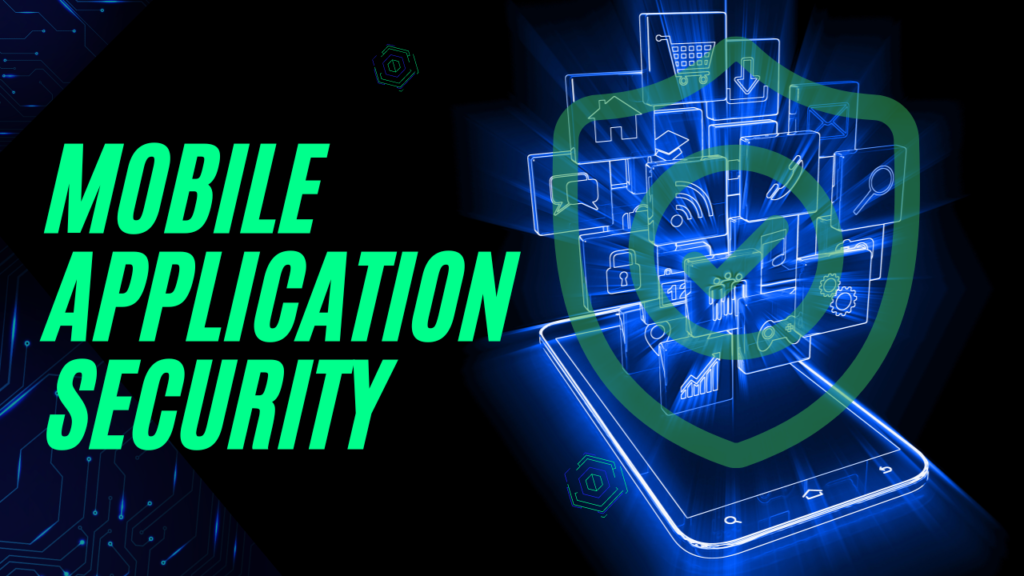As technology continues to advance, mobile application security has become a top priority. With cybercrime on the rise and data breaches occurring around the globe, your organization’s app must be protected at all costs. In this blog post, we will take an in-depth look into mobile application security and provide an updated checklist for 2023, featuring controls, best practices and tips for staying secure in a constantly changing landscape.
Read on to learn why it is so important to keep up with the latest practices when securing your apps and protecting user data.
Understand and Implement Mobile App Security Best Practices
Understanding and implementing mobile app security best practices is essential in today’s digital landscape. As smartphones and tablets become increasingly ubiquitous, malicious actors have more opportunities to exploit our most sensitive data. Fortunately, there are steps developers and system administrators can take to reduce the risk of suffering a major breach. For example, app developers should strive to build secure apps by following secure development best practices, encrypting all data at rest or in transit with strong cryptography methods, and leveraging automated testing tools to evaluate their products.
Additionally, IT admins can leverage Mobile Device Management (MDM) solutions to enforce specific security policies on their entire fleets of mobile devices. By taking these steps, organizations can gain peace of mind knowing they’ve taken reasonable precautionary measures to protect their users’ data from malicious actors.
Establish a Secure Development Lifecycle for Apps
Establishing a secure development lifecycle (SDL) for apps is essential in today’s world. Not only do mobile and web apps need to meet the highest security requirements, but they must also be reliable. Fortunately, a well-designed SDL can accomplish both objectives effectively. It starts with the development environment and extends through all phases of the application – from initial design to post-production maintenance and changes. The SDL ensures that all necessary processes are taking place throughout the production lifecycle, including comprehensive testing, secure coding practices, configuration management and change control. With a proper SDLC in place for each app life cycle, businesses can be confident that their applications are secure, tested, and running as efficiently as possible.
Use Unique Permissions for Every Application
Special permissions can be an excellent advantage for any data security system. By limiting access to only those who need it, the likelihood of a breach is decreased substantially. For example, if a workplace user has access to five different applications, they should have permission levels that are tailored to each application’s requirements. That way their level of access on one application won’t automatically give them access to any other app on the system. This also reduces clutter and guarantees that there will be no conflict between users with conflicting privileges. If a user needs additional access on certain applications, implementing unique permissions is an easy and secure way to do so.
Encrypt All Data Stored In and Accessed Through Apps
With the growth of technology and the expanding use of mobile apps, it is increasingly important to ensure that all data stored in and accessed through those apps is encrypted for security. Without this encryption, users are putting their personal information at risk by leaving it vulnerable to attacks from hackers or vulnerability exploitation. Organizations need to make sure that they understand the type of encryption they need, how they will roll it out, and how they will manage its maintenance. Doing so will provide peace of mind to all users knowing their data remains safe while interacting with these digital resources.

Regularly Monitor and Update Security Settings
Regular security updates are essential for protecting your computer from viruses, malware, and other malicious activity. It is important to check your settings regularly and ensure that they are up-to-date and configured correctly; if not, it can lead to a data breach, resulting in financial or personal loss. Fortunately, this process can be simplified with the help of automated tools which will scan all of your system settings and alert you to any irregular changes. In addition, deploying two-factor authentication will greatly improve your online safety, adding an extra layer of protection to your passwords and data. Taking these measures now can save you time and stress in the long run, by staying on top of your security settings you can keep hackers out of your system while still allowing legitimate users access.
Make Use of Strong Authentication Requirements
When it comes to cybersecurity, strong authentication requirements are essential for keeping data secure. By implementing strong authentication processes such as multi-factor identification or “security questions,” organizations can take steps to guarantee that company data is only accessible by authenticated users. Using these authentication measures will create an additional protective barrier against cyber threats, safeguarding sensitive information from those who wish to exploit it. While requiring complex logins may be inconvenient for users, it’s best to remain resilient against digital attacks and ensure that personal information is kept safe. Implementing strong authentication requirements within your organization should be a priority when developing a cybersecurity strategy.
Ending Note
Mobile application security is an invaluable practice to keep in mind for anyone working on apps for consumer use. Strong security ensures that user data remains safe, and it also works to preserve the business’s reputation, as customers want to know their information is secure. By taking steps to adhere to best practices like establishing secure development lifecycles, using unique permissions, encrypting data and monitoring and updating security settings regularly, businesses can put their minds at ease knowing they are providing a safe and secure application experience. Furthermore, by mandating strong authentication requirements such as two-factor authentication, organizations can be sure that only authorized users will have access to sensitive accounts or data. In short, application security is essential in a mobile world where preventing breaches is key.

